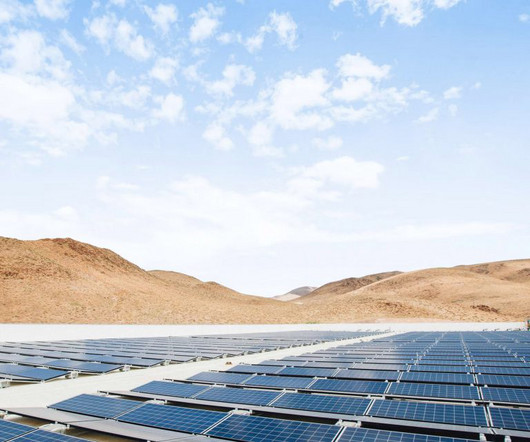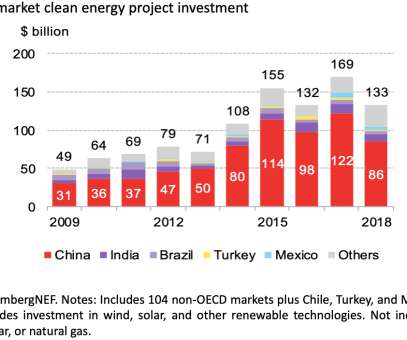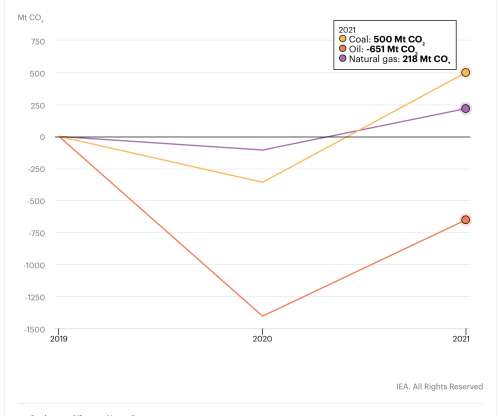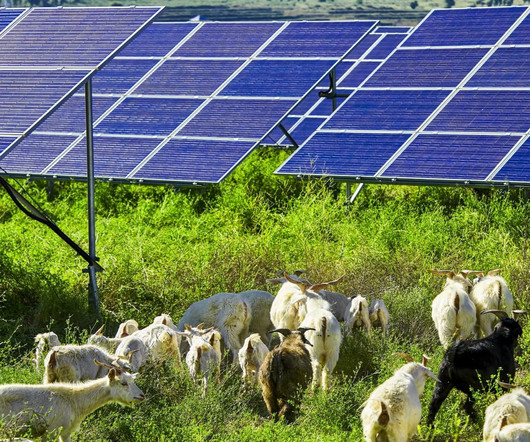Renewables to overtake coal as largest global electricity source in 2025
Teslarati
JANUARY 15, 2024
During the COP28 climate conference held in Dubai last month, world leaders from over 130 national governments agreed to set a goal to triple world renewable energy installations by 2030. There are still some big hurdles to overcome, including the difficult global macroeconomic environment.”





























Let's personalize your content